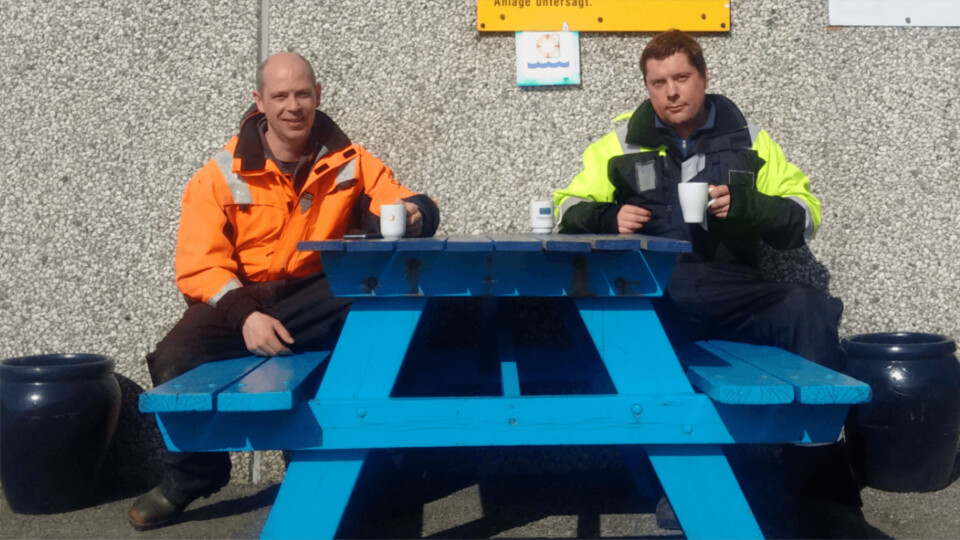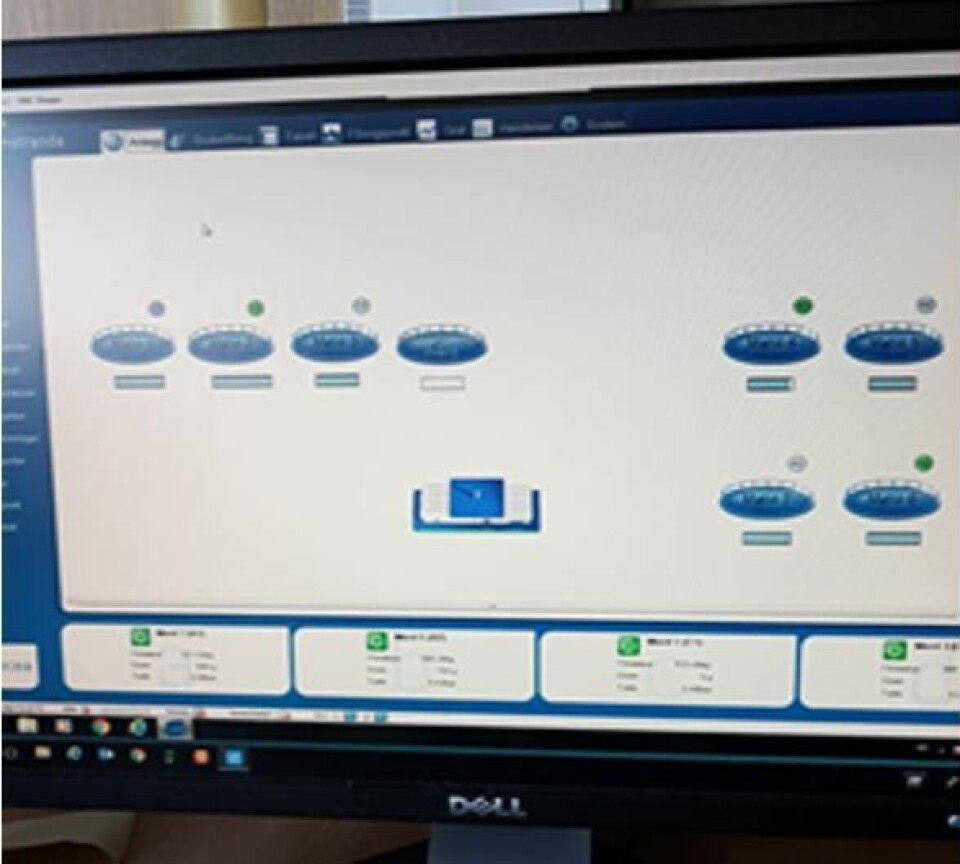
'Social distancing' for salmon
Talking point:Aquaculture graduate Alexander Refsnes has a high regard for the skills of fish farmers but believes there is a case for looking beyond a traditional knowledge base to enable fresh thinking. Here he provides an example from an internship he undertook with Mowi in Norway, which included a study of farm operations that led to a change in the way the site was set up and a reduction in the stocking density to prevent disease spread and promote better fish health.
I authored a scientific paper in close collaboration with Marine Harvest Norway AS (now Mowi) during a 16-week trainee internship in 2018. The strategy was to detect functions in operations that have a high probability rate for improvement in existing operations and management of salmon farms.
The aim of the empirical study was to influence the aquaculture industry through using up-to-date knowledge with higher competence combined with practical experience and present new ways to compare with old methods before implementing new solutions.
Encouraging initiative in a change of pen formations in accordance with waterflow and underwater currents in the ocean is key for optimised conditions for better biological production planning about the measures to be made through a production cycle.
Water currents
We have learned this year that coronavirus and the Covid-19 global situation may be alleviated by social distancing which prevents disease from spreading and helps health authorities gain control of the pandemic.
I wish to put emphasis on the industry to open their minds to more creativity and social distancing of Atlantic salmon by taking water currents into the equation. This can be done by changing traditional mooring formations on sea sites and by not stocking pens with the maximum allowed biomass per cubic metre, especially in regions exposed to disease.
Such measures alone may increase the profit of the salmon farmer and lower the total mortality rate in the production cycle of one generation of Atlantic salmon.
The key rationale for changing moorings structures in aquaculture is connected to the fact that the ocean currents are the most important pathways for spreading disease on Atlantic salmon. (Gansel, 2018). More information on the subject can be read here.
Expertise and competence
Optimised operation in fish farming comprises operating routines, biological measures, and understanding the use of farming technology and knowledge of water chemistry impact on fish. Economic cost drivers are subject to the performance of site managers in large companies who may have to work within a specific benchmark cost per kg of production on each site. This can make it more challenging for the site managers and area managers when wanting to improve operations.
In aquaculture, Atlantic salmon production has the largest revenues but also the biggest costs. That is why the industry is constantly trying to find and establish new truths or methods. My study involved the collection and processing of raw data, as well as the use of scientific data with the emphasis on cost drivers for both economic and biological production planning in fish farming.
‘Treasure Chest’
The result of the study made an impact on Mowi’s site – known as the “Treasure Chest” - when a suggested change of formation to the salmon pens and mooring set-up led to an innovative change in both. This change took into consideration how the water currents impacted upon the previous formation of pens, and delivered improved results that could be monitored through observations.
The study was intended to benefit Mowi by further developing and sharing experiences and competence obtained from Nord University to make the best of the low water current conditions and poor water exchange at this particular location.
I participated in the MOM-B and MOM-C survey together with Akerblå, as this fitted in with my study’s aims of looking at the environment and collecting up-to-date data around this site. I also participated in obtaining raw data from other locations within the geographical seabed area in Sogn and Fjordane in Norway. The site referred to bears the coordinates 62°00 and 6283 N(North) and 5°19 and 8118 E(East).
Below is the original site formation before and during the study:

A clear change was made at the beginning of the new production cycle to reduce the intensive production in this site due to low water currents in shallow waters and reduce the impact on the environment and the effect on the microorganisms on the seabed under this site. The number of fish stocked in the new cycle was just over 1 million, compared to more than 1.3 million in the previous cycle.
Encouraging pen formation initiative
Aquaculture operation is an interdisciplinary skills-based profession not to be undervalued.
In general, I suggest to industry professionals and regulatory governmental organisations that more study and focus is placed on measures to collect all relevant data to determine and pay closer attention to where the water current flows in and circulates around the aquaculture site, and to implement new mooring solutions accordingly. Test and gain your own experience on each site and get better results from new formation strategies like these examples illustrated below:
Traditional mooring and set-up of site locations are shown in the image below:
Most aquaculture farms are set up like the above example from a site in the north of Norway. I suggest that the aquaculture industry and regulatory authorities become more flexible on the formations for the benefit for the environment and for the best use of water conditions, taking the water currents in consideration when planning and mooring new locations.
Alexander Refsnes has an aquaculture management degree from Nord University and is currently studying for a masters in biosciences at the University of Oslo, focusing on toxicology and aquaculture of fish species with a broaden understanding in marine biology.























































